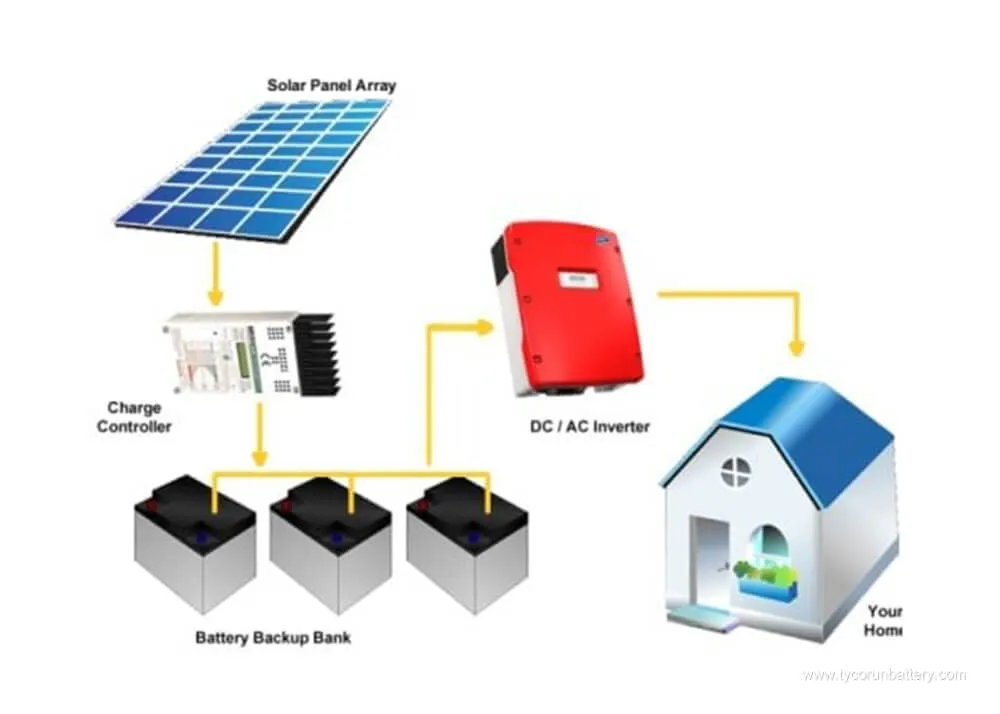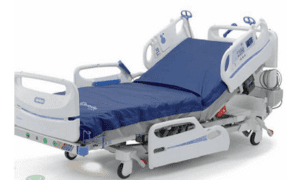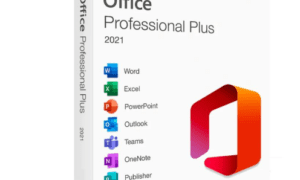In 2023, residential battery storage incidents increased by 28%, raising alarm bells about the safety of home energy solutions. Yet, as electricity costs soar and grid reliability falters, homeowners are increasingly turning to lithium ion solar batteries for energy independence. This surge in adoption brings a critical question to the forefront: Just how safe are these powerful energy storage systems for residential use? While lithium-ion technology offers unprecedented efficiency and capacity, understanding its safety implications is paramount for homeowners. From advanced protection systems to proper installation protocols, multiple layers of safety measures exist to mitigate risks. However, homeowners must play an active role in ensuring their energy storage systems remain secure. This article explores the essential safety aspects of residential lithium-ion batteries and provides practical guidance for protecting your home and family while embracing sustainable energy solutions.
Understanding Lithium-Ion Solar Batteries in Residential Applications
Lithium-ion solar batteries represent a significant advancement in residential energy storage technology. Unlike traditional lead-acid batteries, these systems utilize sophisticated lithium-ion chemistry that enables deeper discharge cycles and maintains consistent power output throughout their operational life. The technology allows homeowners to store excess solar energy with 95% round-trip efficiency, compared to just 80% in lead-acid alternatives. Modern lithium-ion systems typically last 10-15 years while maintaining over 70% of their original capacity, making them ideal for long-term home energy solutions.
These batteries serve as the cornerstone of both grid-tied and off-grid power systems, enabling homeowners to achieve greater energy independence. In grid-tied applications, they provide critical backup power during outages while optimizing daily solar consumption. For off-grid installations, they form the backbone of complete energy autonomy, storing solar power for use during nighttime hours and cloudy days. The residential energy storage market has seen exponential growth, with installations increasing by over 40% annually, driven by falling costs and rising electricity rates. This surge in adoption has spurred rapid technological improvements, particularly in safety features and smart energy management capabilities that help homeowners maximize their investment.
Critical Safety Risks in Residential Lithium Battery Systems
Thermal Runaway: The Primary Hazard
Thermal runaway represents the most significant safety concern in lithium-ion battery systems. This cascading chemical reaction occurs when a battery cell overheats, triggering a self-sustaining cycle of heat generation that can lead to fire or explosion. Common triggers include overcharging beyond specified voltage limits, physical damage from impacts or installation errors, and manufacturing defects in cell construction. Recent incidents, like the 2022 Arizona energy storage fire, highlight how thermal events can escalate rapidly in residential settings. The confined spaces and proximity to living areas in homes make these risks particularly concerning, as thermal runaway can spread between cells within minutes.
Secondary Failure Points
Beyond thermal runaway, several other critical failure points demand attention. Electrical arcing from improper connections or degraded wiring poses a significant fire risk, especially when installers bypass manufacturer guidelines. Off-gassing during malfunction can release toxic fumes, particularly dangerous in poorly ventilated indoor installations. Legacy electrical systems may create compatibility conflicts with modern battery management systems, leading to performance issues and potential safety hazards. Environmental factors also play a crucial role – extreme temperatures can stress battery components, with heat accelerating degradation and cold temperatures reducing efficiency and potentially damaging cells. These secondary risks compound in residential settings where maintenance access may be limited and environmental controls less robust than commercial installations.
Essential Safety Features for Secure Solar Energy Storage
Built-in Protection Mechanisms
Modern lithium-ion solar batteries incorporate sophisticated Battery Management Systems (BMS) that serve as the first line of defense against safety incidents. These systems continuously monitor individual cell voltages, maintaining optimal charge levels while preventing dangerous overcharging scenarios. Advanced BMS technology performs real-time cell balancing, ensuring uniform energy distribution and preventing localized stress points that could trigger thermal events. The thermal management infrastructure includes multi-layer cooling systems with automated temperature cutoffs, activating well before cells reach critical thresholds. Physical containment designs now feature aerospace-grade materials and dedicated fire suppression chambers that can isolate and neutralize thermal events. Leading manufacturers like Anern ensure compliance with stringent safety standards like UL 9540 for energy storage and IEC 62619 for industrial cell safety.
Third-Party Verification Systems
Independent safety certifications provide crucial validation of manufacturer safety claims. Reputable systems undergo rigorous testing by organizations like Underwriters Laboratories (UL) and TÜV SÜD, subjecting batteries to extreme conditions that simulate worst-case scenarios. Safety ratings are assigned based on performance across multiple criteria, including thermal stability, impact resistance, and electrical safety. Homeowners should verify these certifications through official databases, noting both the certification number and validation date. Contemporary safety standards require continuous monitoring systems that track battery health and performance metrics. These systems provide real-time alerts for potential issues, enabling proactive maintenance before problems escalate. Regular firmware updates ensure protection mechanisms evolve with identified safety risks, maintaining robust security throughout the system’s lifecycle.
Maximizing Safety and Efficiency in Home Installations
Optimal Installation Practices
Proper installation of lithium-ion solar batteries begins with careful environmental assessment. Systems require installation in well-ventilated spaces maintaining temperatures between 50-85°F, with dedicated cooling systems for warmer climates. Clearance zones of at least 3 feet must surround battery units to ensure adequate airflow and maintenance access. Electrical integration demands professional expertise, including proper conductor sizing, overcurrent protection, and grounding systems that meet National Electrical Code requirements. Physical mounting considerations include load-bearing wall verification, seismic bracing in applicable regions, and elevation requirements to prevent flood damage. Professional installation by certified technicians is crucial, as DIY attempts can void warranties and create serious safety hazards.
Operational Best Practices
Maintaining optimal battery performance requires adherence to specific operational guidelines. Charge cycles should remain within 10-90% state of charge to maximize lifespan, avoiding both complete discharge and prolonged full-charge states. Monthly maintenance checks should include visual inspection of connections, verification of ventilation systems, and review of monitoring system alerts. Efficiency optimization involves programming charge/discharge schedules around peak utility rates and adjusting settings seasonally. Integration with home energy management systems enables automated load shifting and demand response participation while maintaining safety parameters. Regular system updates ensure protection mechanisms evolve with identified safety risks, while quarterly professional inspections verify system integrity and catch potential issues early.
Choosing Safe Off-Grid Power Solutions for Your Home
When selecting a lithium-ion solar battery system, safety certifications should be the primary consideration, ahead of cost comparisons. Look for systems carrying UL 9540A certification and IEEE 1547 compliance, which validate robust safety protocols. When evaluating system size, consider both current and future energy needs – a typical 4-bedroom home requires 20-30kWh of storage capacity for reliable off-grid operation. Future-proofing should account for potential EV charging needs and expanding household electronics. Before installation, engage a certified energy consultant to conduct a comprehensive site assessment, examining factors like available space, ventilation requirements, and structural support capabilities. This professional evaluation should include load analysis, backup power requirements, and integration with existing solar arrays. Create a detailed safety specification checklist covering thermal protection systems, emergency shutdown capabilities, and remote monitoring features to ensure your selected system meets the highest safety standards while delivering reliable off-grid power.
Safe and Responsible Home Energy Storage Implementation
The safety of lithium-ion solar batteries hinges on the delicate balance between advanced technology and responsible implementation. While manufacturers continue developing sophisticated protection mechanisms, homeowners must treat safety features as non-negotiable requirements rather than optional extras. Before proceeding with installation, verify UL certifications, ensure professional installation by certified technicians, and confirm the presence of critical safety systems including thermal management, emergency shutoffs, and remote monitoring capabilities. Regular maintenance checks, proper ventilation, and adherence to operational guidelines form the foundation of safe battery operation. As the industry evolves, newer technologies promise even greater safety margins, but current systems already offer reliable protection when properly installed and maintained. By understanding both the risks and safeguards, homeowners can confidently embrace solar energy storage while protecting their investments and, most importantly, their families. The path to energy independence need not compromise safety – it simply requires informed decision-making and ongoing diligence.































